When you’re just starting out in your career, your success can be defined and measured by how well you perform the tasks assigned to you. You’re expected to deliver, to be dependable, and to get the job done. But while performance gets you in the door – and perhaps up the first few rungs – it’s not enough to keep climbing.
Meaningful progression, the kind of leveling up that leads to senior leadership, is not just predicated on strong performance. Advancing in your career calls for a wholesale and intentional upgrade in the way you think, the way you form relationships, and the way you model different behaviors and approaches. It’s about upgrading from capable contributor to credible leader: the kind of leader that earns trust, inspires confidence, brings strategic breadth and perspective – and aligns others around a shared vision.
How do you make an upgrade like this? In my work with thousands of early-career leaders across diverse sectors and industries, I’ve identified five critical inflection points – five critical transitions you must make – to accelerate your personal leadership development, amplify your impact, heighten your visibility, and signal to your organization that you have what it takes to level up in influence and responsibility.


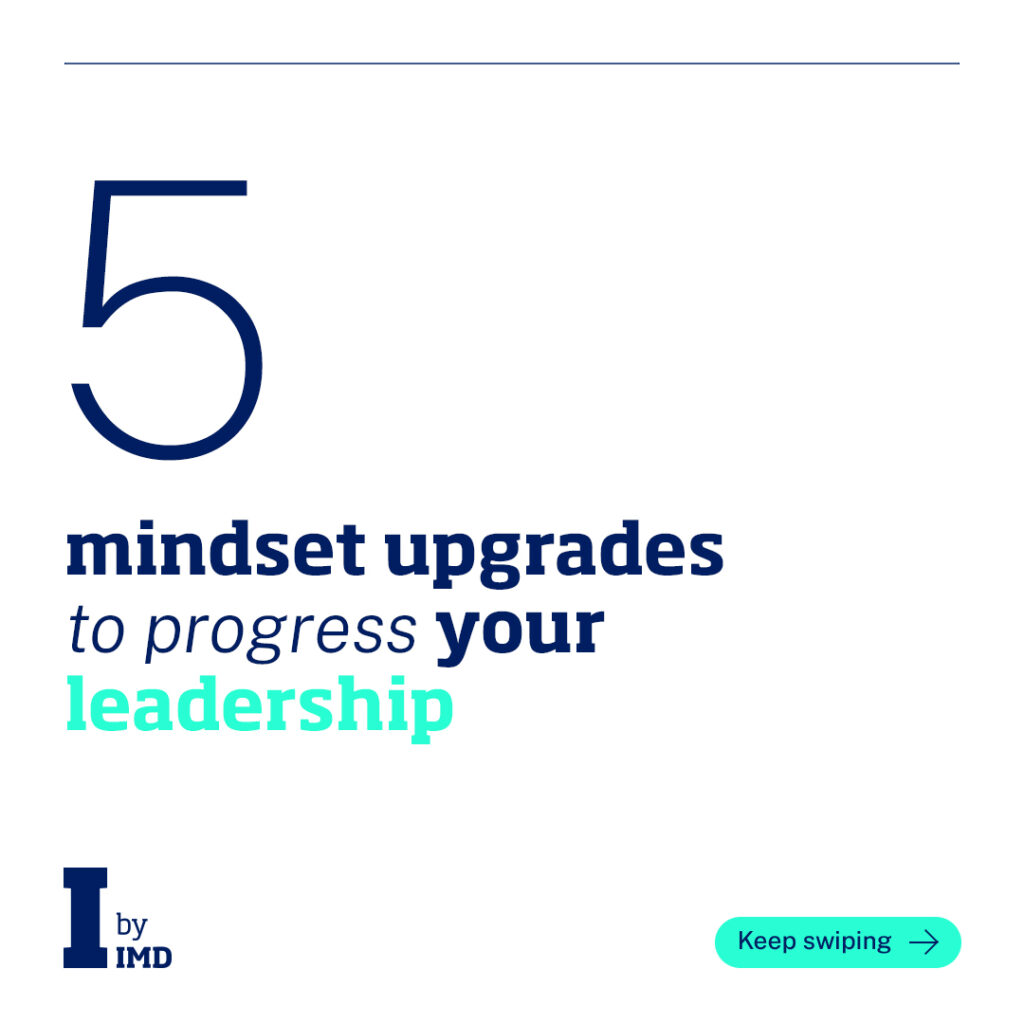
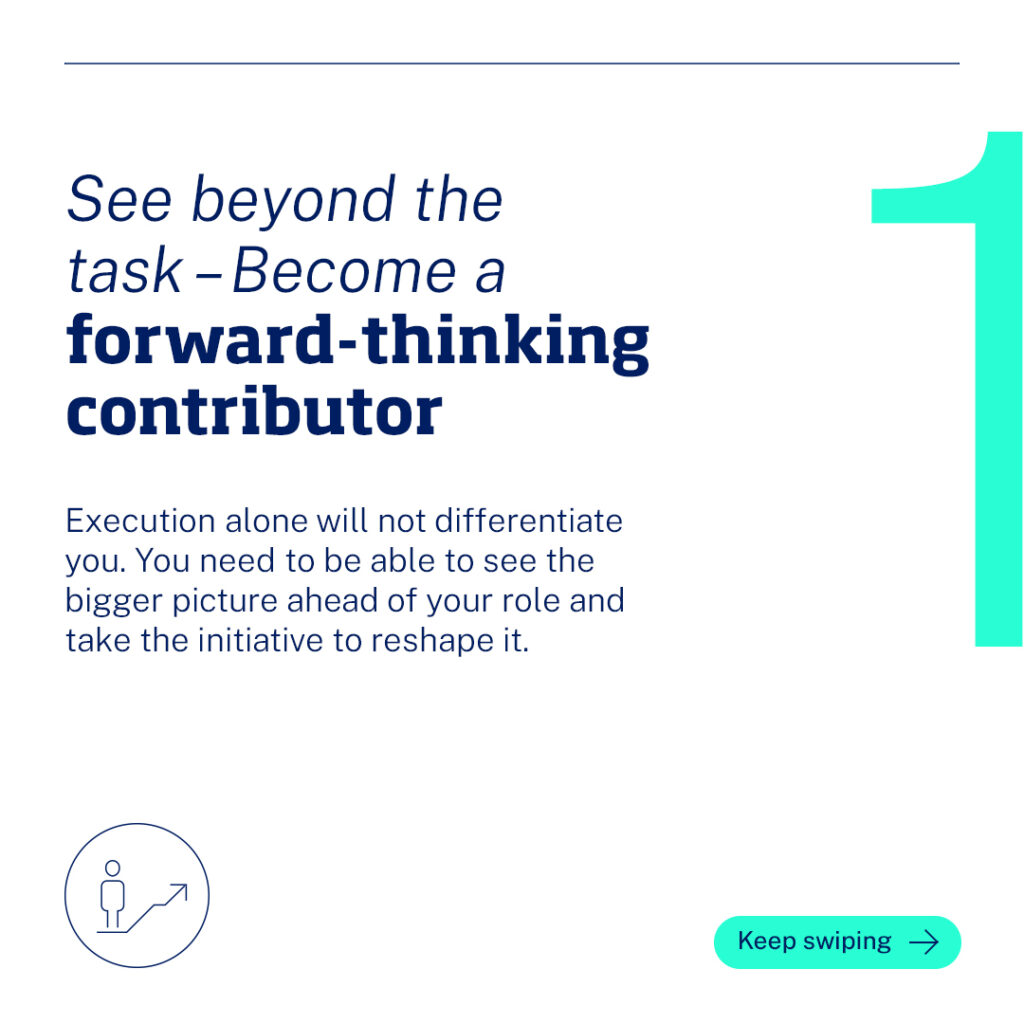
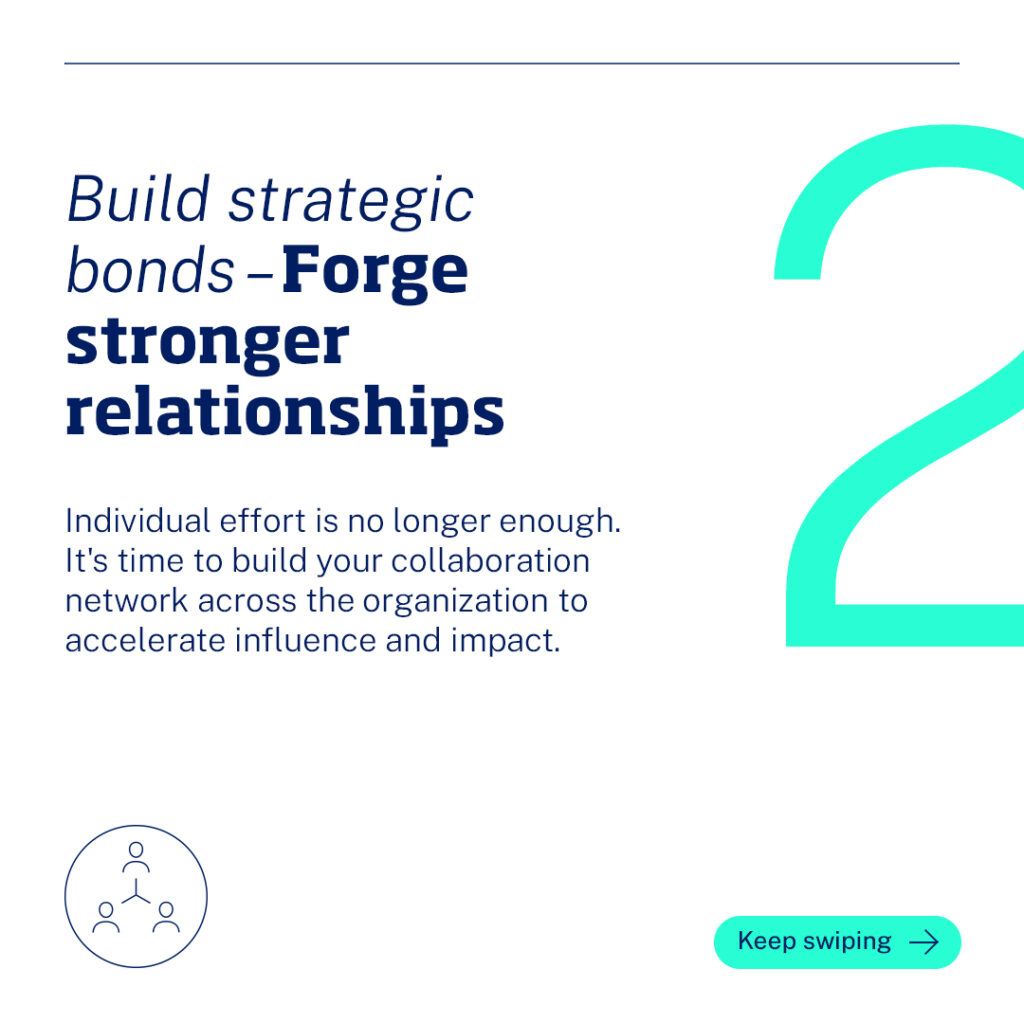
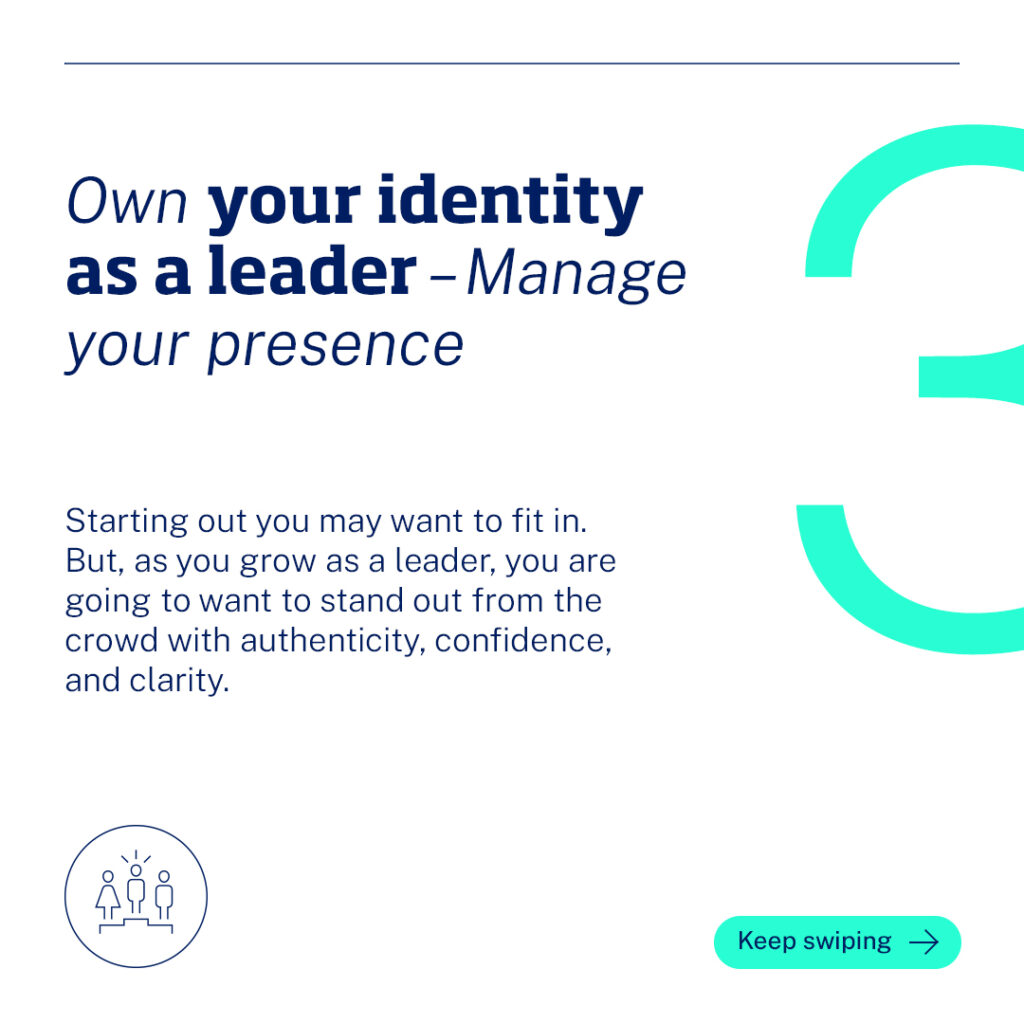
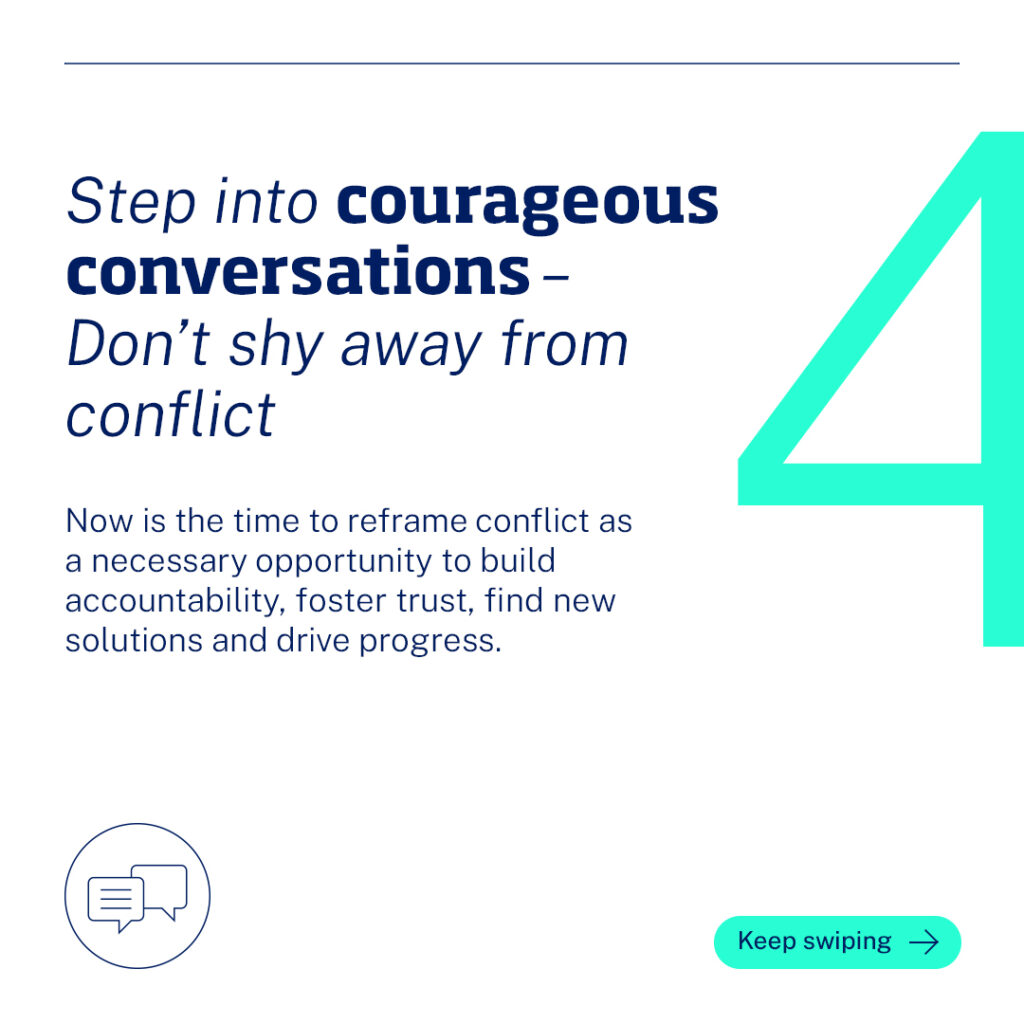
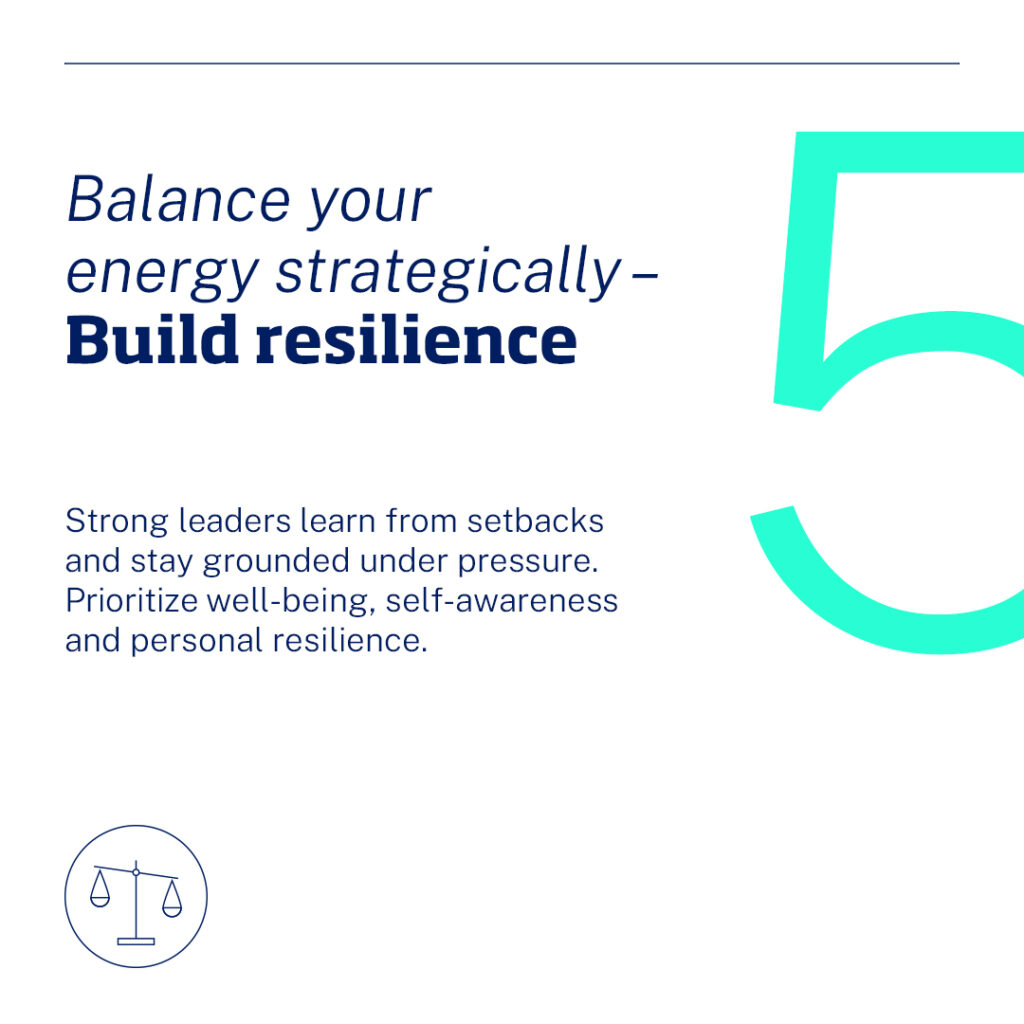


 Audio available
Audio available
